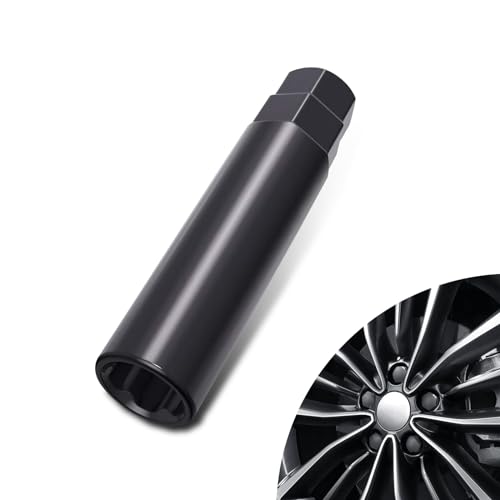MrDRMorgan
Well-known member
I just completed my first year of collecting battery degradation data for both my 2014 and 2015 Spark EVs. The values given below are the monthly averages for all charging sessions in the month of March.
March................2016........2017.......ODO:..Start / End
Battery Capacity....kWh.........kWh
2014 Spark EV......18.97.......17.72.............4483 / 9829 (note: I also see my full-charge range has dropped by ~ 5 miles )
2015 Spark EV......17.39.......17.58.............8410 / 16475
One thing I did notice is the degradation rate for the 2014 Spark EV seems to have slowed down for the last 6 months. It may have something to do with the mileage on the vehicle at the time the data was collected. If my mileage assumption is correct, then I should see the battery degradation rate for the 2014 Spark EV flatten out more like the 2015 Spark EV which has almost twice the mileage on the ODO.
March................2016........2017.......ODO:..Start / End
Battery Capacity....kWh.........kWh
2014 Spark EV......18.97.......17.72.............4483 / 9829 (note: I also see my full-charge range has dropped by ~ 5 miles )
2015 Spark EV......17.39.......17.58.............8410 / 16475
One thing I did notice is the degradation rate for the 2014 Spark EV seems to have slowed down for the last 6 months. It may have something to do with the mileage on the vehicle at the time the data was collected. If my mileage assumption is correct, then I should see the battery degradation rate for the 2014 Spark EV flatten out more like the 2015 Spark EV which has almost twice the mileage on the ODO.

























